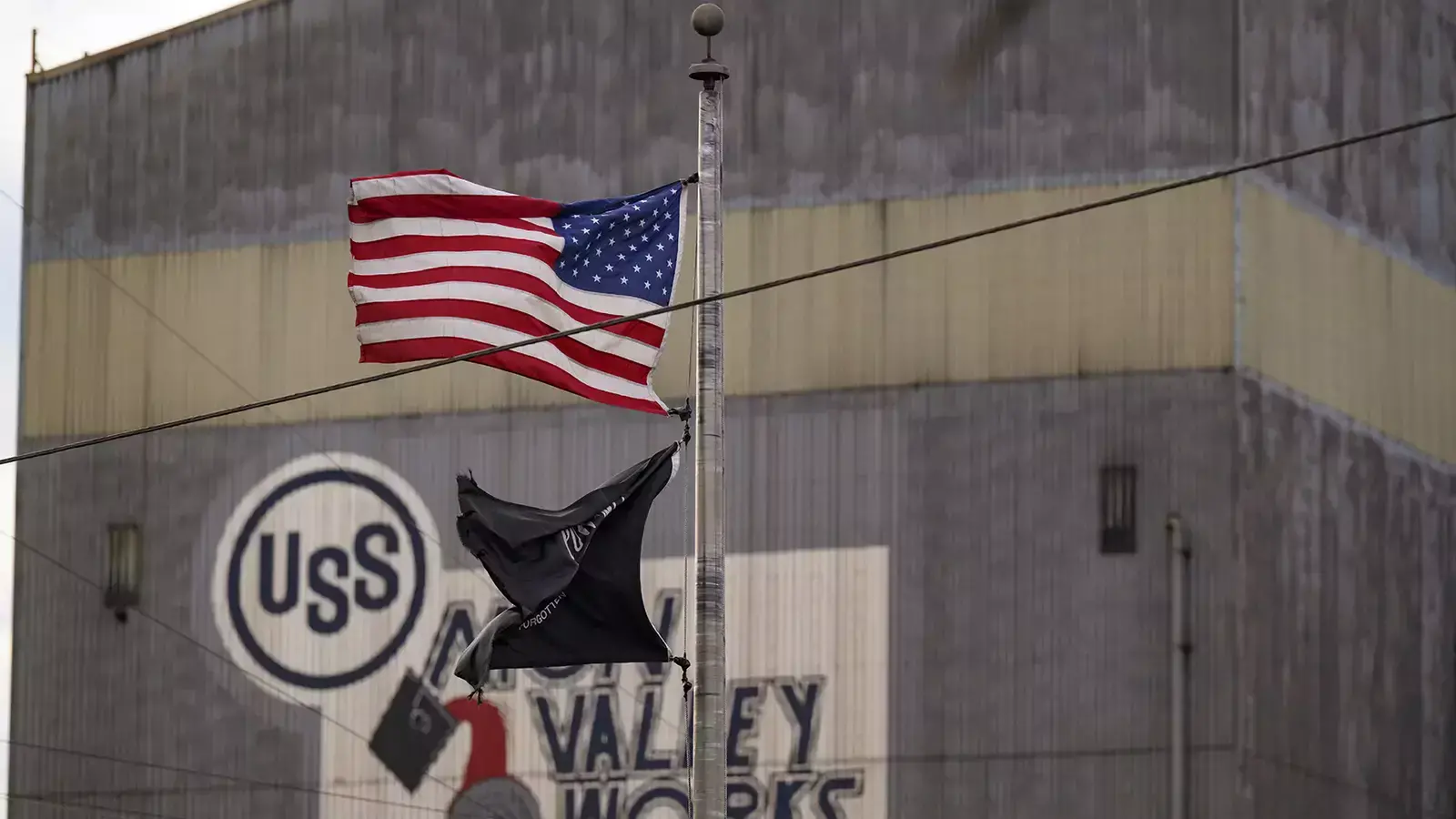U.S. Trade Policy Is at a Crossroads

Biden’s trade agenda is trying to tackle climate change, domestic jobs, and great power competition, but trade-offs are inevitable. A clear vision on priorities is essential.
April 1, 2024 11:28 am (EST)

- Article
- Current political and economic issues succinctly explained.
From the end of the Second World War through the end of the Barack Obama administration, the meaning of U.S. leadership on trade was pretty clear: negotiating agreements to open markets in any country that was willing to do so. However, its definition is far from clear today. The administration of President Joe Biden has tried out approaches that put trade in the service of fighting climate change, empowering workers, discouraging monopolies, embracing U.S. allies, sanctioning Russia for its invasion of Ukraine, curbing Chinese influence, and bolstering U.S. manufacturing. But in the election year of 2024, that complex structure looks at risk of crashing from the weight of its own ambitions.
U.S. trade policy was once fairly simple. Following the powerful insights of British political economist David Ricardo, countries that opened their markets to trade and investment by exporting what they produced best (and importing the rest) saw enormous—and largely shared—gains in wealth. The United States, with a huge consumer market and a slew of competitive multinational companies, considered itself a big winner from trade liberalization and encouraged agreements of every shape and size. As an added bonus, opening the U.S. market to imports helped to strengthen political alliances around the world. The job of American political leaders, therefore, was to keep negotiating trade agreements that provided ever more market opportunities for the United States and for other countries. It was a classic, and rare, win-win.
More on:
One version of U.S. leadership on trade calls for restoring that old model by launching new negotiations in Asia or Latin America that would further reduce tariffs or regulatory impediments to trade. Even if that were politically possible—and with the Republican Party under Donald Trump abandoning its support for free trade it is almost certainly not—the case for restoration is weak. With tariffs already at historic lows, the gains from further market-access negotiations are likely to be small. More importantly, restoration would not tackle any of the biggest contemporary challenges: accelerating the transition to green technologies, lifting stagnant wages, containing the risks of artificial intelligences, and maintaining power balances that discourage conflicts in Europe and Asia.
Finding balance in Biden’s broad trade agenda
The Biden team should be applauded for experimenting with different formulations in its efforts to restore U.S. leadership that so badly eroded in the Trump years. Those efforts include U.S. Trade Representative Katherine Tai’s worker-centered trade policy, National Security Advisor Jake Sullivan’s “small yards, high fences” approach for controlling technology trade with China, and Treasury Secretary Janet Yellen’s friendshoring strategy for including allies in the clean energy supply chain. All represent serious efforts to build a trade policy for a more complex world.
But the Biden administration has yet to grapple with the contradictions among those different approaches. Take the recent $14.1 billion bid by Japan’s Nippon Steel to purchase U.S. Steel, the Pittsburgh-based Industrial Age icon. On friendshoring grounds, Japan is a critical ally and blocking the acquisition would seem wholly unjustified. On clean energy grounds, steel companies are struggling to meet new EU requirements, which favor cleaner steel over products made with dirty carbon emissions; new investments from Nippon Steel could help to make the United States a global leader. But Biden has come out against the acquisition on “worker-centered grounds,” the United Steelworkers union opposes the deal, and Senator Sherrod Brown (D-OH), who is in a tough reelection fight in a right-leaning state, says the deal would weaken trade enforcement.
Or consider the likelihood of new tariffs on imports of solar panels from Southeast Asia. Both the Obama and Trump administrations put tariffs on panel imports from China, which are heavily subsidized by the Chinese government in violation of U.S. trade laws. Those tariffs shifted panel production to several Southeast Asian countries that are important to the United States, including Malaysia, Thailand, and Vietnam. Some of that production is likely Chinese-made panels being shipped through the region, and the Commerce Department last year ruled that those products should face import tariffs, too.
But the Biden administration has suspended any collection of those tariffs until June as part of a two-year moratorium on new tariffs meant to keep down the costs of solar panels and encourage more Americans to install them on their homes. Solar panels from Southeast Asia (or China for that matter) pose no security threats, help the economies of U.S. allies, and encourage a quicker U.S. transition away from dirty energy. But the lower cost of imports also discourages American manufacturing, costing jobs in panel production (even as it increases jobs in installation). Senator Brown, along with Democratic senators from Georgia—a critical electoral state—are calling for the tariffs to be imposed. The president seems likely to comply.
More on:
All of these scenarios could be seen as the inevitable conflicts that emerge when trying to design new trade policies for a complex world. But one of the requirements of economic leadership is that countries should be seen as at least occasionally paying a price for their principles. In the free-trade era, the United States made politically unpopular decisions to lift import barriers in sectors such as textiles and apparel, and often complied with difficult rulings made by the now-neutered dispute-settlement panels of the World Trade Organization.
The biggest challenge for U.S. trade policy today is to acknowledge those trade-offs and find consistent approaches to resolving the contradictions. This could be too much to expect of the Biden administration in an election year, especially given the dangerous alternative. But until firmer ground can be found, U.S. claims for renewed leadership on trade will continue to ring hollow.
 Online Store
Online Store